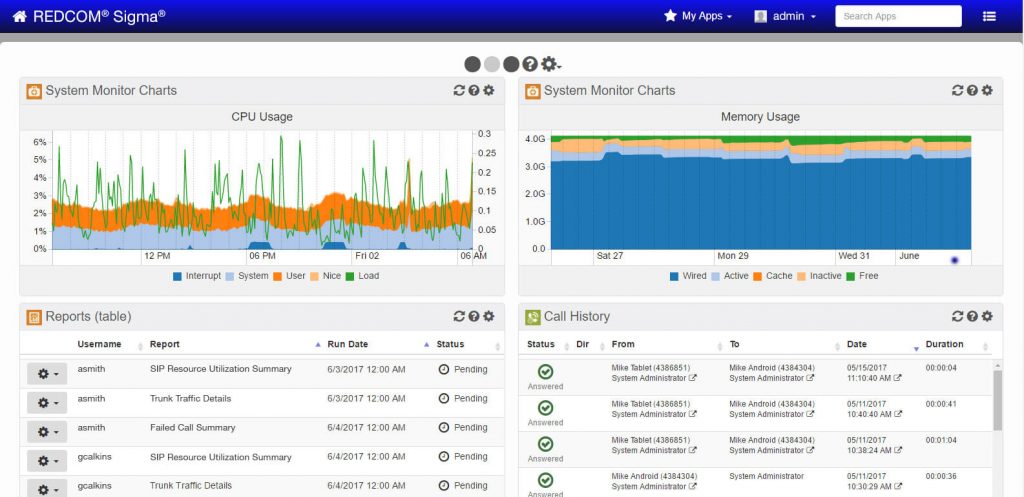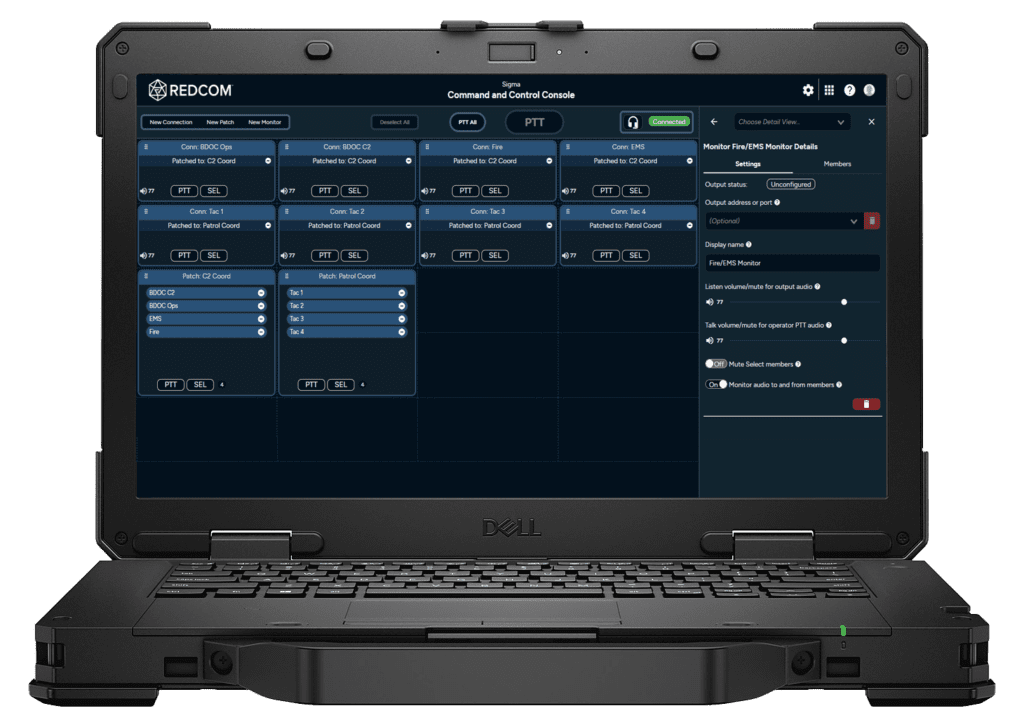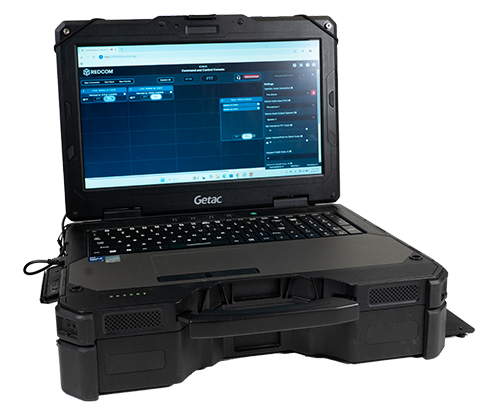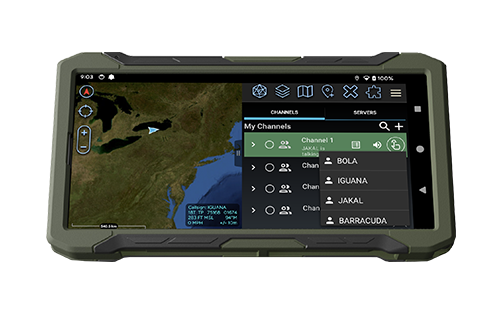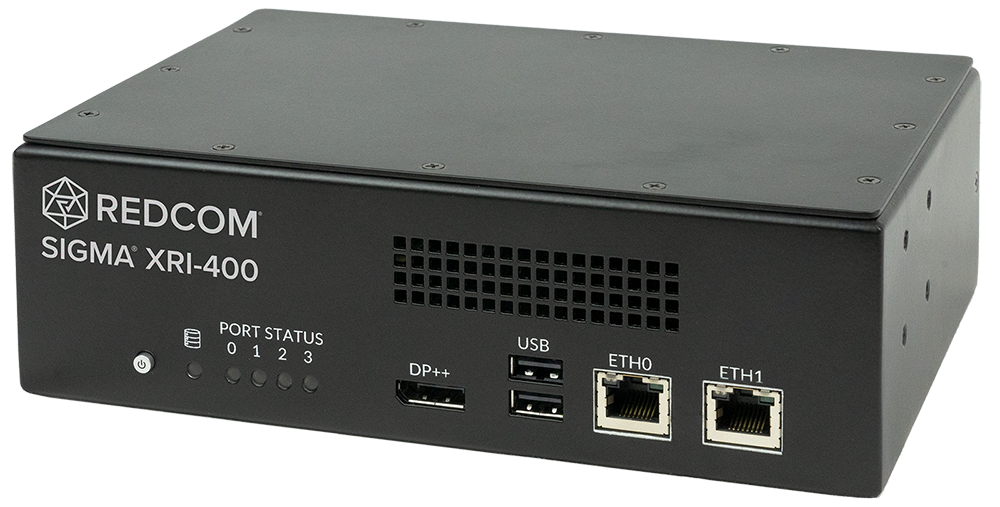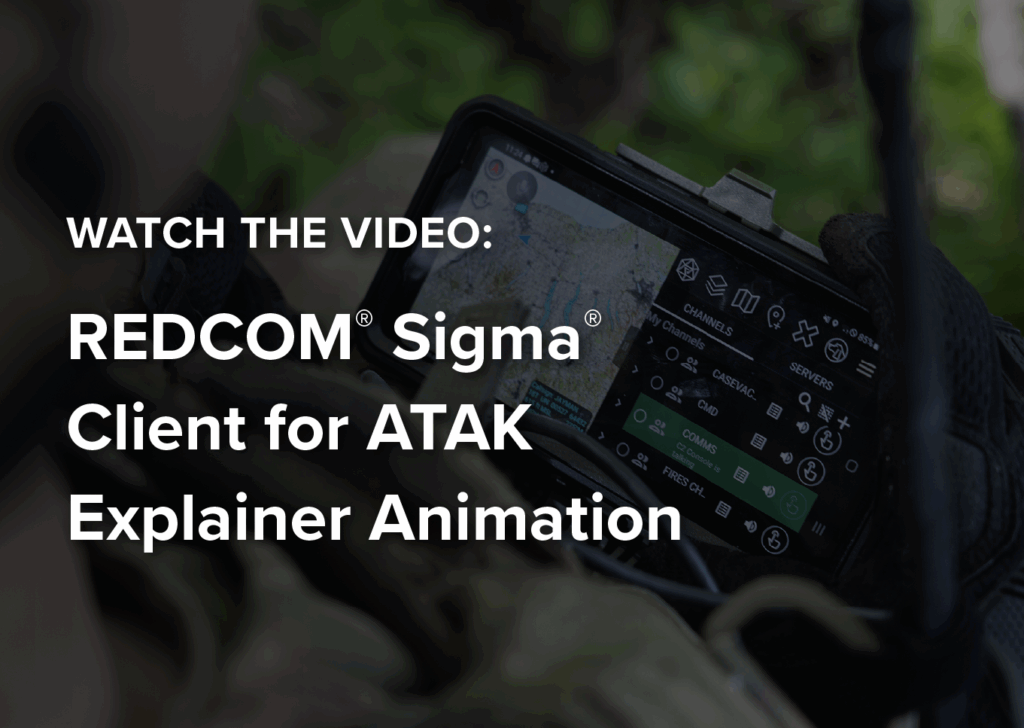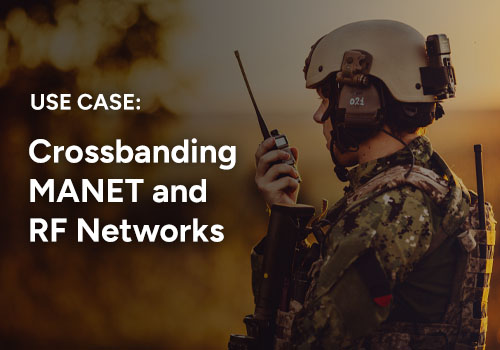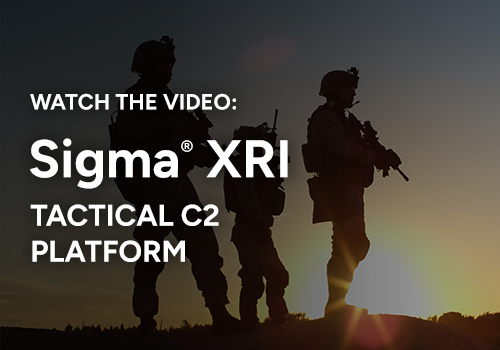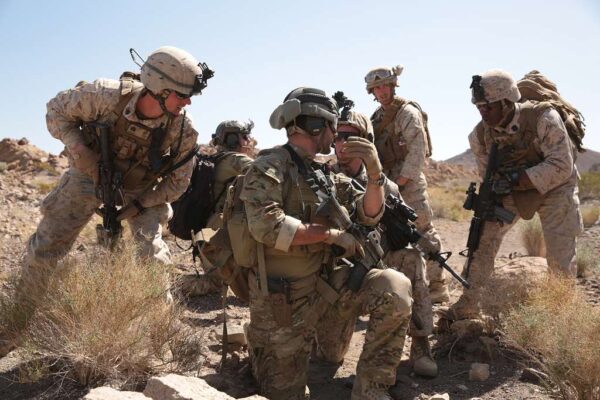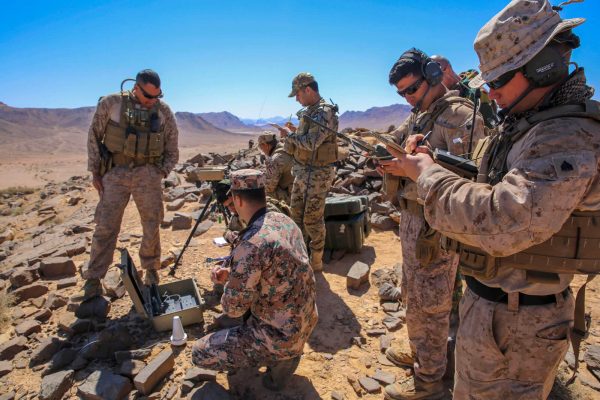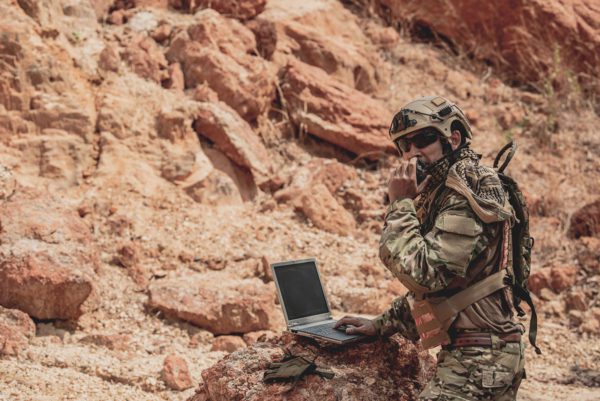Communications at the tactical edge are constantly evolving. During OIF, OEF, OIR, and OND, chat grew exponentially as a primary form of communication, proving its place as an essential component of the Command and Control toolkit.
Key Challenges
Chat is a vital form of communication; however, it is not without its challenges. Chat takes time away from the mission to type out the message, and while this might only take a minute, that minute could matter at the tactical edge. Issues with chat include:
- Not efficient in all environments.
- The urgency of messages. When a message is urgent or needs an immediate response, there is no current way to flag it so the recipient knows it needs to be handled ASAP.
- Cognitive overload. Operators must be watching multiple chat rooms at once, creating a high-stress work environment. They should be focused on the job instead of managing software.
- Slow. Taking the time to stop moving and type out a message is ultimately slower than jumping on a radio net and communicating via voice.
Benefits of Chat
While we all agree chat is not as quick as radio transmissions, it makes up for this by the fact that it frees up radio nets and can get the message out to multiple personnel simultaneously, essentially cutting out the “middle man” of relaying voice messages through the radios. Other vital benefits of chat include:
- Increase the amount of space on radio networks. Chat reduces the volume of communication over radio networks, keeping them open for more critical and time-sensitive requirements.
- Improved situational awareness. By relaying information to warfighters at all levels of the mission, everyone is on the same page. There is no need for a support aircraft to transmit a radio message.
- Improved speed of communications. Users are receiving, sending, and requesting real-time information. Not only is this information transmitted quickly, but it reaches a wider audience than most radio communications.
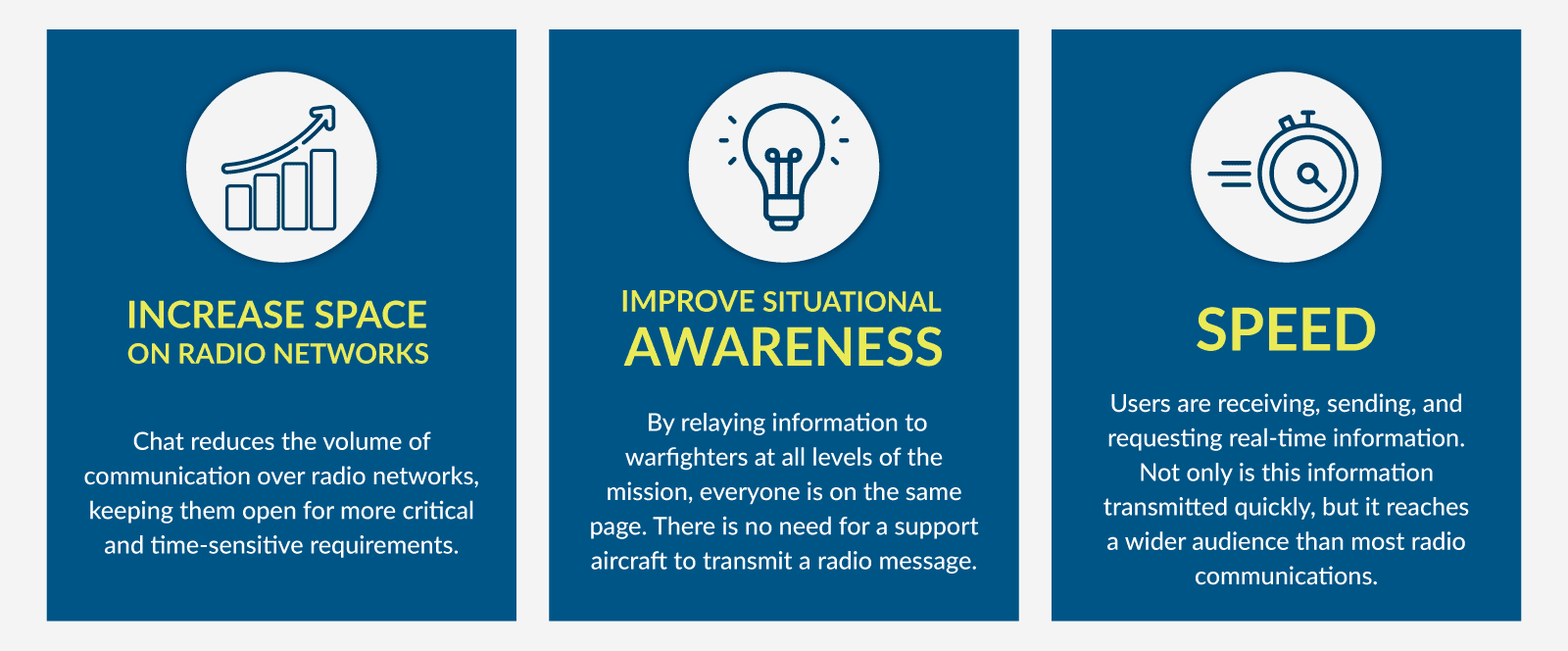
How REDCOM handles chat at the tactical edge
Tactical chat has been proven in multiple missions, and its usage is projected to increase in future engagements. In chaotic and contested environments, enterprise-level chat programs have demonstrated they are overly complex, inefficient, slow, and hard to use. That’s why REDCOM built the Secure Client from the ground up specifically for the tactical edge.
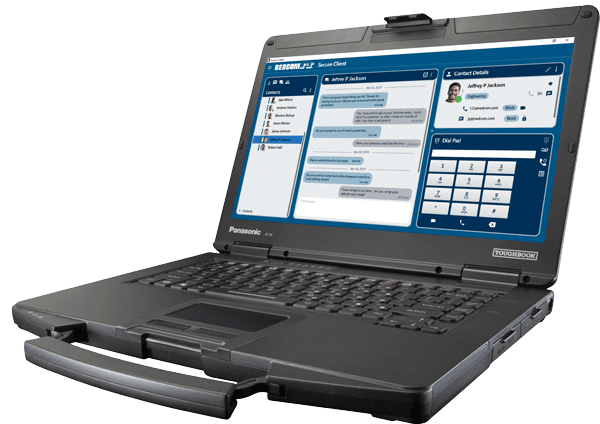 The REDCOM Secure Client is our universal C2 application that supports voice, video, and chat in a single pane of glass. The software is available for both Windows and Android devices, and REDCOM’s Windows client is the only softphone on the DISA Approved Products List (APL). Other benefits include:
The REDCOM Secure Client is our universal C2 application that supports voice, video, and chat in a single pane of glass. The software is available for both Windows and Android devices, and REDCOM’s Windows client is the only softphone on the DISA Approved Products List (APL). Other benefits include:
- Built on open standards
- Intuitive user interface
- Discussions are color-coded by the user
- Integrated push-to-talk (PTT)
- Modular design – can undock unused or unnecessary features
- Can hide the phone feature if only using chat
- Reduces cognitive overload — empowers the end-user to focus on the communication method most beneficial for the current mission or job function
REDCOM is always focused on building solutions that are highly flexible, easy to use, and interoperable. We are currently hard at work on the next generation of our Secure Client and Sigma software that will vastly improve the speed and user experience for tactical chat. For example, the REDCOM Secure Client currently supports the XMPP chat protocol, but we understand the importance of interoperability with other protocols such as IRC. Numerous other enhancements are currently in development, and we’ll be excited to share these with you soon.
